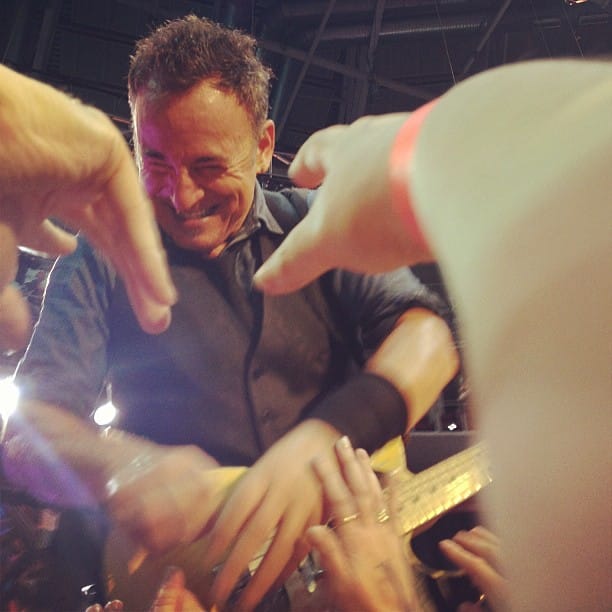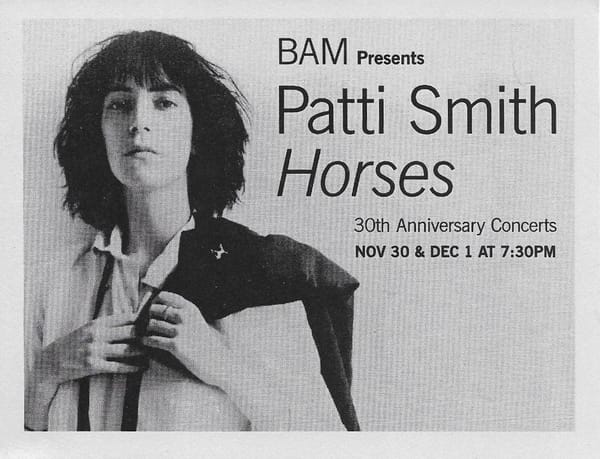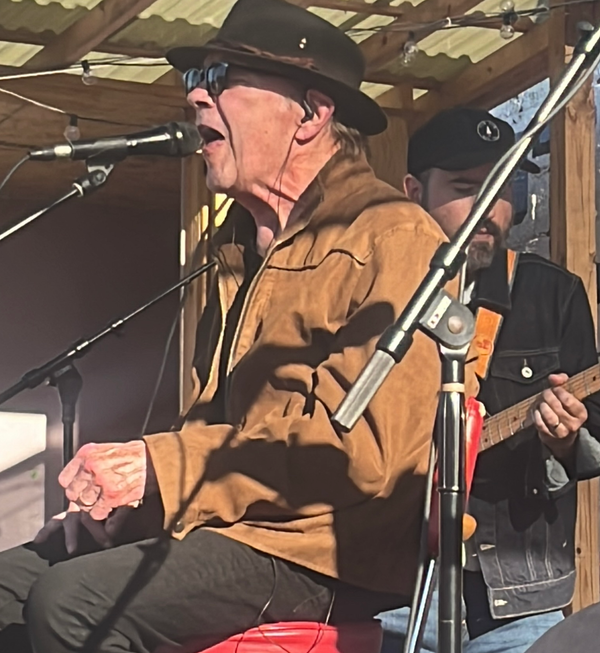Why Bruce Springsteen's "Road Diary" works so well
What Road Diary does particularly well is unpack how Springsteen works his magic.

Road Diary, the new documentary about Bruce Springsteen and the E Street Band (available on Disney+) is a beautifully shot and sequenced film that does a fantastic job of answering one of life’s eternal questions: “Why is Bruce Springsteen so great as a live performer?”
Now, you might think that the answer to that is simple - just go to a show, or if you can’t get to a show, listen to a tape, and if you can’t do that, go watch any of the live shows that director Thom Zimny previously worked on. But what Road Diary does particularly well is unpack how Springsteen does it, going from an E Street Band that hadn’t performed live for six years (due to both Springsteen on Broadway and COVID) to hitting the stage opening night, and then going out on the European tour, and he manages to make it engrossing to not just diehard fans, but in 99 minutes for anyone flipping on the Disney Channel. That’s not an easy accomplishment.
The relationship between Zimny and Springsteen (and manager Jon Landau) isn’t a random documentary maker wanting to film the E Street Band (I imagine that list of people who have approached them over the years is endless). It’s someone they’ve developed a working partnership with over the years and so it’s not just that they trust him – which they obviously do or he wouldn’t still be here – it’s that they know they can depend on him to do the right things. In a great piece by Ann Hornaday in the Washington Post, there’s a quote from Bruce talking about Zimny’s work as an editor on 2001’s Live in New York City, and how Bruce at one point asked why the camera was on a guy in the 16th row or focused on a corner of the drum riser when there was something very specific going on onstage that was being ignored. (This is a common reaction for me when I watch a concert film or live documentary or bootleg footage so it is very refreshing to know that it annoys Bruce Springsteen as well.)
Zimny is a long-time, diehard Springsteen fan, but that isn’t the only reason he is good at his job. The reason he is good at his job is because of his approach to filmmaking (which you can see in his other work, like his great Elvis Presley documentary), his eye, his attention to detail, his ability as a storyteller, and because he understands rock and roll – and then he’s able to synthesize all of them together. He sees and understands the connections that others would miss.
This is a shot from Zimny’s film about the making of Letter to You in 2020, one of my favorite pieces of evidence that illustrates all of the above. He saw this moment between Steve and Bruce happen, he knew it was important, and he made sure we saw it. It’s the kind of moment that requires a split-second, almost subconscious, decision. It is this level of attention to not just detail but attention to everything that’s going on and that has gone on and understanding why it’s important: here, we are seeing Bruce and Steve’s friendship in action, all that history captured in one conversation, one expression.




